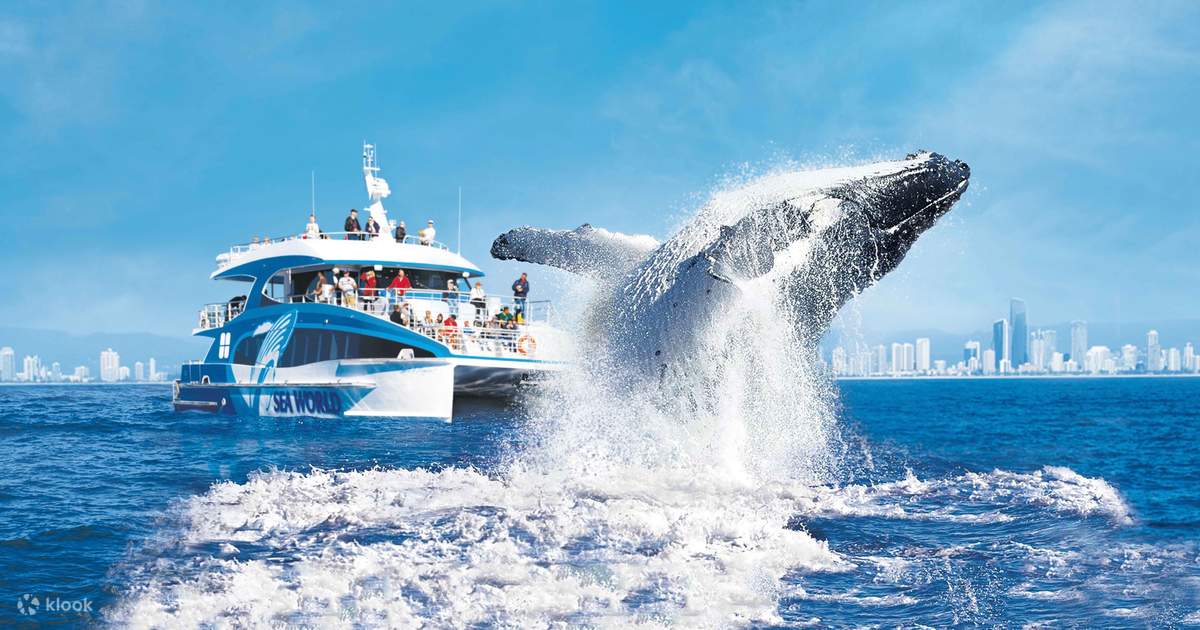
Why People Love Whale Watching
One of the most exciting activities that people enjoy is whale watching. Sydney is a great location because whale-watching season lasts from May to November, and people go out on a boat, breathe in the fresh ocean air, and connect with nature while watching these majestic animals in their own environment.
Whale-Watching Tours
People often choose to go on whale-watching tours to catch a glimpse of whales and other marine life out at sea. When they go whale watching in Sydney, they spend a few hours out on the waters that are frequented by whales as well as dolphins, orcas, and more.
There are a number of different marine life species in this area, and the best tours have guides with expertise in the humpback whales and a passion for all of the marine life. People find it exciting to witness the natural behaviours of whales in their own environment, and they enjoy seeing how the other marine life interact as well.
The Humpback Migration
The humpback whales are enormous creatures, reaching lengths of 18 meters and a weight of up to 40 tonnes. They live in the freezing waters of Antartica, where they can handle the cold water temperatures because they are protected by blubber.
However, they can’t reproduce in the cold water because newborn whales don’t have the blubber they need for survival. The humpback whales travel 5,000 kilometres to the warm water at the Great Barrier Reef and when they get there, they mate and give birth.
The humpback whales remain in this area while the young nurse and put on the blubber they need to survive once they return to Antarctica. As the juvenile whales grow, they explore and interact with one another, and people can go out into the waters to see them rising up out of the water. There are around 30,000 whales that migrate during the season, and people get excited to go out on the water and see these incredible mammals.
Whale Surface Behaviours
When people go whale watching, they can see many different whale surface behaviours. They often engage in pectoral fin slapping, where the whale slaps the surface with one of both fins. They also do a tail fluke up dive, where the tail appears out of the water and rolls down with a dive. The tail slap is where the whale raises the fluke and slaps the water.
One of the most exciting displays is the breach, where the whale propels all or part of its body out of the water and then comes back down with a splash. It is exciting to see the whales in their own environment.





